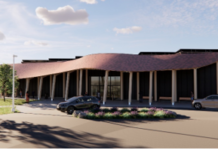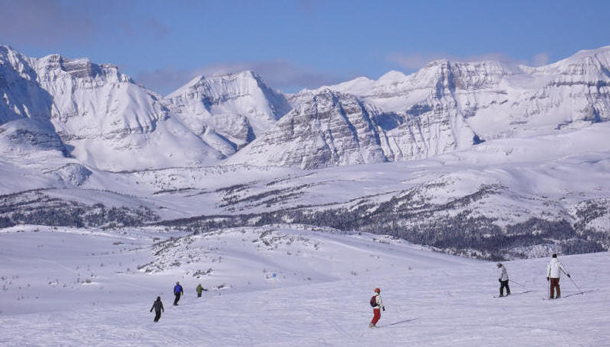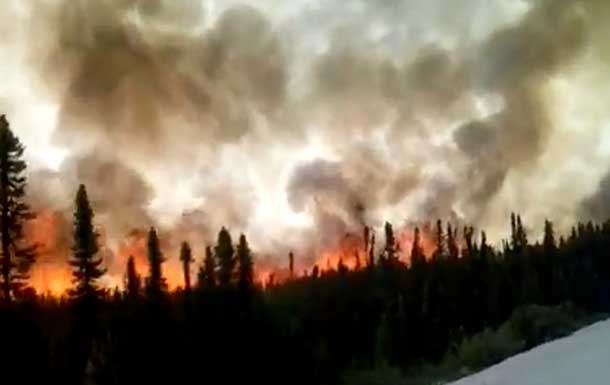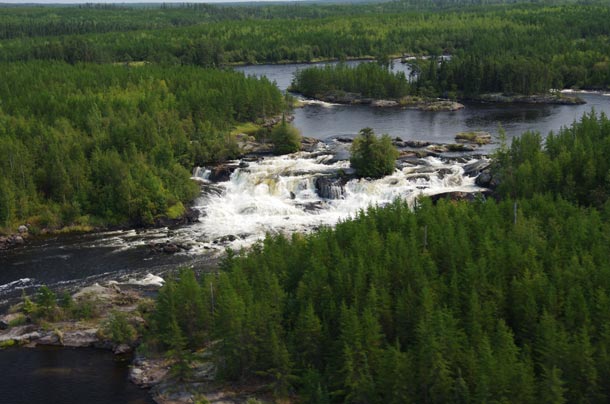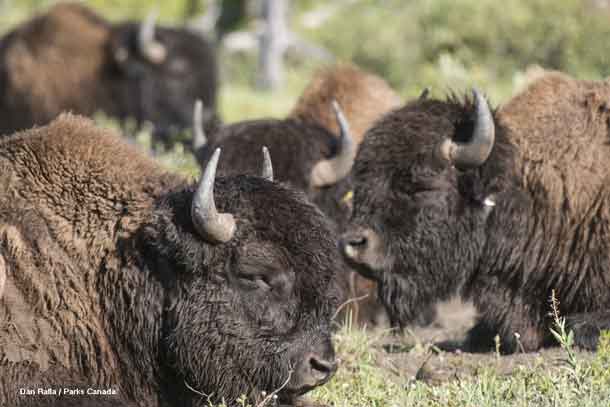
BANFF – TRAVEL – Parks Canada is committed to the recovery of species like the plains bison. Earlier in August Parks Canada announced that the Banff wild plains bison herd are now officially free-roaming. After being absent from Banff National Park for well over a century, the return of wild plains bison as free-roaming animals is a historic and cultural triumph.
On July 29th, 2018, the enclosed pasture in Banff National Park’s backcountry that housed the wild plains bison was opened and the herd was successfully released. The Banff herd currently totals 31 bison and is comprised of 16 bison that were translocated from Elk Island National Park in 2017, as well as two generations of Banff-born calves (some of this year’s calves have yet to be born).
For the next three years, Parks Canada will closely monitor the bison as they explore their new home within a 1,200 km2 reintroduction zone in the remote eastern slopes of Banff National Park. Here they will interact with other native species, forage for food, and begin to fulfill their missing role in the ecosystem. At the conclusion of the reintroduction pilot project in 2022, Parks Canada will evaluate the success of the project to determine if long-term bison restoration is feasible in Canada’s first national park.
Bison are an icon of Canada’s history. They were an integral part of the lives of Indigenous peoples and Canada’s pioneers, and they still have an important role in the culture of Indigenous peoples. In addition, plains bison were historically dominant grazers that helped shape the ecosystems of what is now Banff National Park. The restoration of wild bison in Banff returns a keystone species to the landscape, fosters cultural reconnection, inspires discovery, and provides stewardship and learning opportunities for residents and visitors.
“This is a historic moment. Not only are bison a keystone species and an icon of Canada’s history, they are an integral part of the local Indigenous culture. By returning plains bison to Banff National Park, Parks Canada is taking an important step towards restoring the full diversity of species and natural processes to the park’s ecosystems – while also providing new opportunities for Canadians and visitors to connect with the story of this iconic species,” said Catherine McKenna, Minister of Environment and Climate Change.
Quick Facts
- For thousands of years, vast herds of plains bison roamed the Great Plains and the eastern slopes of the Continental Divide, including the area that is now Banff National Park. Today, only a few small populations of wild, free-roaming plains bison remain in North America.
- The reintroduction of bison is not only ecologically important, but it has a great spiritual meaning for Indigenous peoples. Returning bison to the landscape is an opportunity to renew cultural and historical connections and restore the connection Indigenous peoples have with bison and with Banff National Park.
- Canada’s national parks are gateways to discovering and connecting with nature. In managing national parks, Parks Canada maintains or restores ecological integrity, and provides Canadians with opportunities to discover and enjoy them.
- Parks Canada is a leader in conservation and has made lasting contributions to wildlife conservation for over a century.


